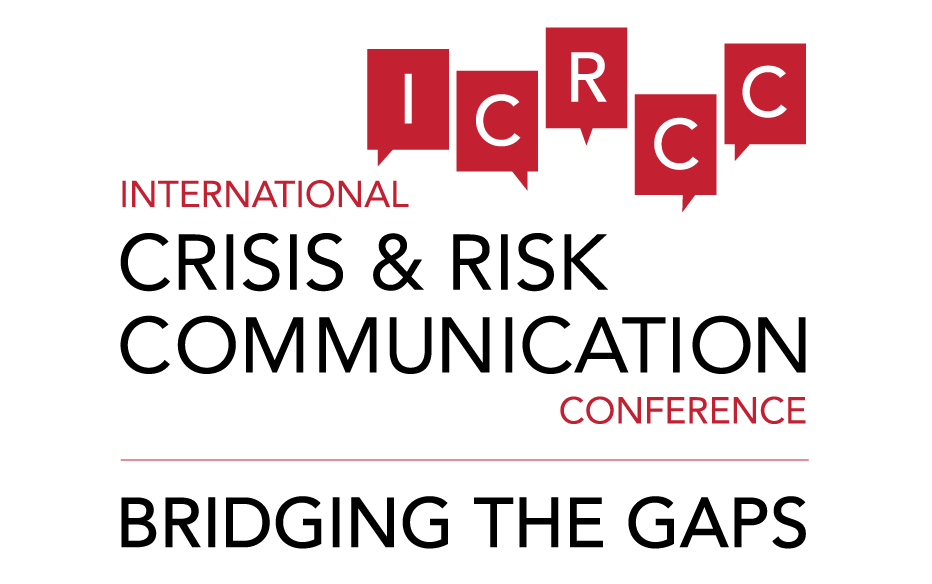
Senior Research Associate
Natural Disasters and Coastal Engineering Laboratory at the Technical University of Crete (TUC)
Greece
Dr. Georgios Marios “George” Karagiannis is a Senior Research Associate at the Natural Disasters and Coastal Engineering Laboratory at the Technical University of Crete (TUC). He is a professional disaster risk manager and has extensive experience in disaster prevention, preparedness and response. He has worked as an external expert on a number of European Union projects, including several simulation exercises. His research interests focus on disaster risk assessment, hazard mitigation, disaster prevention, emergency planning and disaster response.
Prof. Costas Synolakis is Professor of Natural Disasters and Coastal Engineering at the Technical University of Crete (TUC) and the Director of TUC’s Natural Disasters and Coastal Engineering Laboratory. He is the Chairman of UNESCO’s IOC Review Board on the Pacific Tsunami Warning Center and formerly, he was the President of the Hellenic Center for Marine Research. He is also the Director of the University of Southern California Tsunami Research Center (TRC). He was awarded the 2014 Sergey Soloviev Medal of the European Geosciences Union on natural hazards and the 2001 County of Los Angeles Award on Leadership in Emergency Preparedness. TRC has produced all official inundation maps for tsunami preparedness and hazard mitigation since 1999 for the State of California. His research interests focus on natural hazard management and coastal Engineering, including long waves, wave climb prediction and wave induced floods, erosion and protection of the coast from waves, as well as operational Oceanography and design of monitoring systems of the marine environment.
2015
Using social media to manage disaster volunteers in Greece
Copresenter: Costas Synolakis
The purpose of this study is to assess the effectiveness of a variety of means of communication in the management of disaster volunteers on Greece. Our research hypothesis has been that the effectiveness and efficiency of various means of communication can be different during disaster preparedness, response and recovery. We have focused on the Hellenic Red Cross Samaritan, Rescuer and Lifeguard Division.
The Hellenic Red Cross was established in 1877 and is the largest Greek volunteer organization active in disasters. The Samaritan, Rescuer and Lifeguard Division is the operational branch of the Hellenic Red Cross. It was established in 1932 with a focus on first aid, rescue and disaster services. It is organized on a Local Branch basis, with 36 Branches nationwide. We used a combination of semi-structured interviews with Local Branch Managers and Likert-scale questionnaires with individual volunteers. Our study has focused on the range of communications means typically used to manage volunteers during each disaster management activity.
We found that two parameters shape the effectiveness of different communications solutions during each emergency management activity, namely speed of message delivery and message volume. The speed of message delivery was slower for social media (essentially Facebook messages) and e-mail, and considerably faster for text messages and phone calls. On the other hand, text messages provide for a limited message volume compared to e-mail, Facebook messages and, of course, voice calls.
Based on these two parameters, Hellenic Red Cross Local Branch Managers use each communication means differently. A reasonable message length is required during everyday activities, but speed of delivery is less important. Therefore e-mail and Facebook messages are used as an inexpensive way of reaching multiple volunteers within a reasonable timeframe. However, when disaster strikes, Local Branch Managers traditionally turn to mobile telephones to mobilize volunteers. Voice calls are the preferred method, but text messages have also been used recently, however intermittently.
Social media are a readily available and inexpensive method of communication for volunteer organizations active in disaster. Although voice call and data services are nearly equally vulnerable to traffic surge, voice calls are often preferred for post-disaster communication. Text message service has often been proven to remain functional until after voice and data services become unavailable, but it is difficult to determine the delay in message delivery. In addition, the volume of information required to send to individual volunteers for them to mobilize after a disaster may be extremely small, provided that a procedure has been put in place and practiced beforehand. However, emergency managers oftentimes voice concerns about security, reliability and speed of delivery.
Communications redundancy seems to be the solution in the absence of further evidence. The need to frequently exercise any planned solution cannot be overemphasized. Further research should focus on the reliability and effectiveness of communications solutions in the aftermath of major disasters.
Acknowledgements
The authors are grateful to the volunteers and leadership of the Hellenic Red Cross Samaritan, Rescuer and Lifeguard Division for participating in this study.
References
Epstein, R.H., Ekbatani, A., Kaplan, J., Shechter, R., Grunwald, Z., 2010. Development of a staff recall system for mass casualty incidents using cell phone text messaging. Anesthesia & Analgesia, 110(3), 871-878.
Fraustino, J.D, Liu, B. (2012), Social Media Use during Disasters: A Review of the Knowledge Base and Gaps. U.S. Department of Homeland Security, College Park, MD, USA.
GSM Association, 2012. Dealing with Disasters: Technical Challenges for Mobile Operators. GSMA, London.
Karagiannis, G.M., 2012. The role of the Hellenic Red Cross Samaritan, Rescuer and Lifeguard Division in civil protection. “The role of local government and volunteer organizations in emergency planning and disaster response in mountainous areas” Workshop: February 28, 2012, Patras, Greece.
Lindsay, B.R. (2011), Social Media and Disasters: Current Uses, Future Options, and Policy Considerations. Congressional Research Service, Washington, USA, http://www.fas.org/sgp/crs/homesec/R41987.pdf (accessed February 27, 2013).
Lindell, M.K., Prater, C., Perry, R.W., 2007. Introduction to Emergency Management. John Wiley & Sons, Hoboken NJ.


